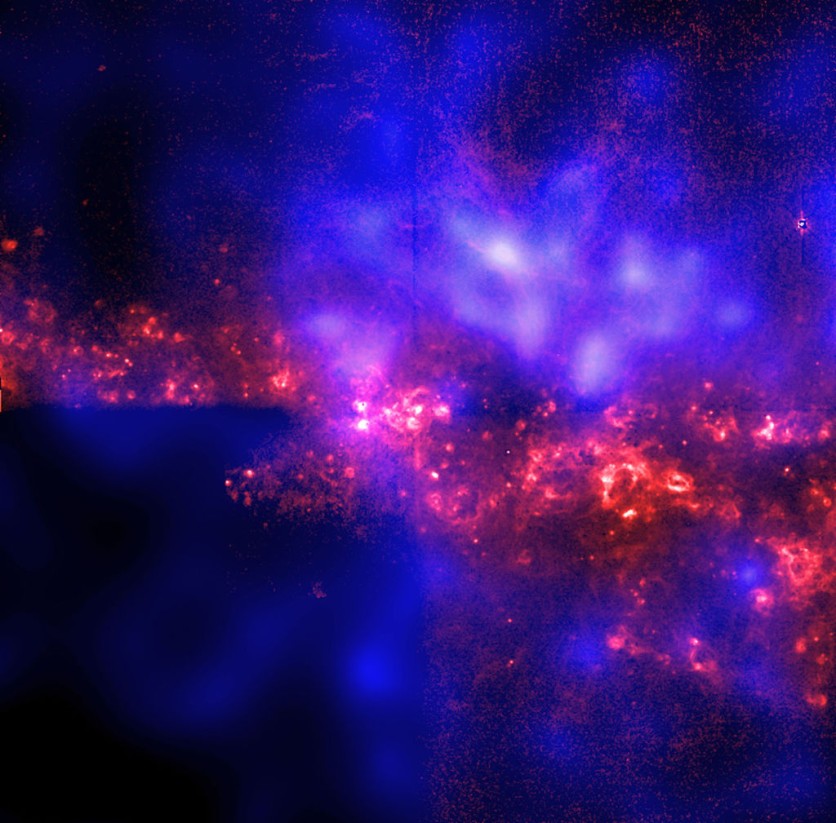NASA has unveiled plans for its new mission, which aims at unraveling the mysteries of the ultraviolet sky, stars, and stellar explosions.
Dubbed UVEX (UltraViolet EXplorer), the space telescope is slated for launch in 2030 as NASA's next Astrophysics Medium-Class Explorer mission.

NASA: Unraveling the Ultraviolet Sky
With its cutting-edge capabilities, UVEX will conduct a comprehensive survey of ultraviolet light across the entire sky, providing researchers with invaluable insights into the evolution of galaxies and stars.
One of the objectives of the mission is to swiftly identify and observe sources of ultraviolet light, including the explosive events triggered by merging neutron stars following bursts of gravitational waves.
"NASA's UVEX will help us better understand the nature of both nearby and distant galaxies, as well as follow up on dynamic events in our changing universe," said Nicola Fox, associate administrator, Science Mission Directorate at NASA Headquarters in Washington.
"This mission will bring key capabilities in near-and far-ultraviolet light to our fleet of space telescopes, delivering a wealth of survey data that will open new avenues in exploring the secrets of the cosmos," she added.
All About the UVEX Mission
UVEX will delve into the dynamics of stellar explosions and study the behavior of massive stars, shedding light on the intricate processes that govern the universe's most powerful cosmic events.
According to Fox, the UVEX mission will help us better understand the nature of galaxies. By leveraging the telescope's near-and far-ultraviolet capabilities, researchers hope to unlock more secrets of the universe.
Mark Clampin, director of the Astrophysics Division at NASA Headquarters, emphasized the importance of UVEX in addressing one of the major priorities in astrophysics today: studying transient phenomena in the cosmos.
By capturing fleeting changes across multiple wavelengths, the mission is seen to contribute significantly to our understanding of the universe's dynamic nature.
Read Also : NASA Wraps Up 1st Phase of Ambitious Project That Aims to Put a Nuclear Fission Reactor on the Moon
The Explorers Program
NASA's selection of the UVEX Medium-Class Explorer concept for development underscores the mission's scientific merit and potential impact.
Led by principal investigator Fiona Harrison at Caltech, the UVEX mission will involve collaboration with institutions such as the University of California at Berkeley, Northrop Grumman, and the Space Dynamics Laboratory.
The Explorers Program, under which UVEX falls, has a rich history of facilitating groundbreaking scientific discoveries. Since its inception in 1958 with the launch of Explorer 1, the program has launched over 90 missions, including the iconic Uhuru and Cosmic Background Explorer missions, which earned Nobel prizes for their contributions to space science.
"With the innovative new UVEX mission joining our portfolio, we will gain an important legacy archive of data that will be of lasting value to the science community," Clampin said.
Related Article : NASA's Picture of the Day Features SpaceX Falcon Heavy Rocket Crossing in Front of Nearly Full Moon





